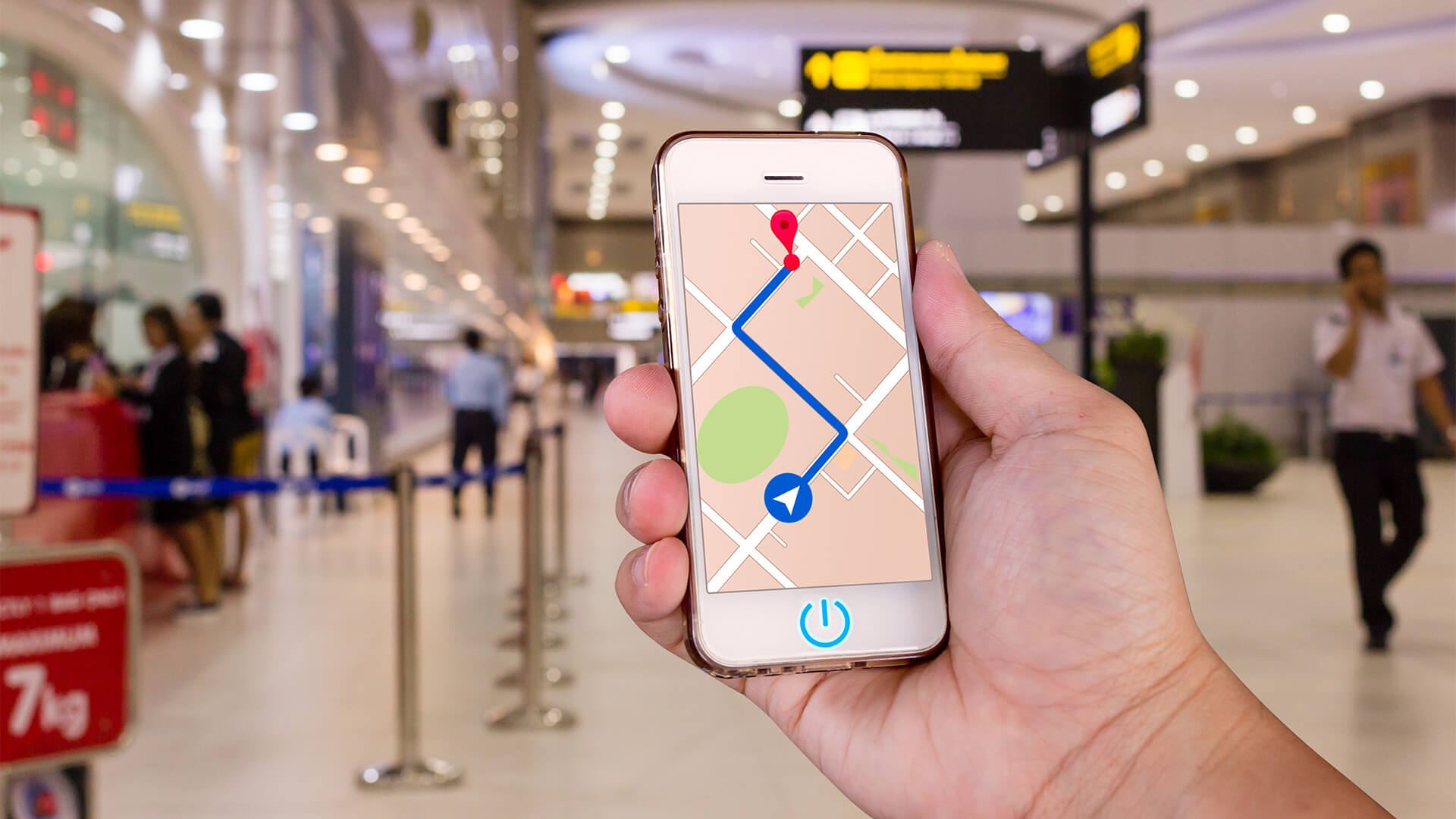Mapping technology has come a long way in recent years. Indoor mapping is now becoming more and more commonplace, thanks to the availability of affordable sensors and advances in software. This has led to some impressive applications of indoor mapping technology – for example, helping people with disabilities navigate their surroundings, or improving logistics and supply chain management.
Here are 4 ways indoor mapping can help change the world for good:
1. Indoor Navigation
The most obvious use for indoor mapping is navigation. Whether it’s a mall, airport, or other building, indoor maps are an excellent way to help customers find their way around. With the addition of Bluetooth beacons and other location-based technologies, indoor maps can even be used for marketing purposes.
For example, if a store owner wants to encourage customers to visit the men’s section of their clothing store, they can place a beacon there that will trigger a pop up on the customer’s phone with information about men’s clothing. This type of technology has already been implemented by companies like Apple and Google with their respective iOS and Android operating systems.
2. Logistics & Operations Management
Indoor mapping is also an excellent way to improve logistics and operations management in warehouses, factories, distribution centers and other industrial settings. Using tools like Mobileye Industrial IoT Mapping (MIIM), businesses can create comprehensive maps of their facilities that include everything from employee locations to equipment inventory and safety hazards such as slippery floors or electrical wires hanging low over walkways.
These types of solutions not only help workers navigate through large facilities more easily but also allow them to quickly locate items in need of repair or replacement without having to search through multiple rooms or buildings for hours at a time.
The same technology can also be used for managing inventory in retail stores where shelf space is limited by sending employees mobile alerts when products run low so they can restock shelves before customers notice anything is missing from their favorite brands.
3. Safety & Security
Safety and security are two areas where indoor mapping technology has proven its worth over the last few years thanks largely in part to the rise of autonomous vehicles. From self-driving cars to delivery drones, autonomous vehicles have become one of the hottest topics in transportation today – and indoor mapping plays an important role in making these vehicles safe for public use.
In fact, according to Bloomberg Businessweek, “the most advanced driverless car prototypes use 3D laser scanners mounted on top of the vehicle” which creates “precise three-dimensional maps that act as guides for computer software that directs steering, acceleration, and braking…”.
This type of technology is already being tested on public roads in places like Pittsburgh, San Francisco, Singapore, Tokyo, London and Beijing. And while we still have a long way before autonomous cars are zipping down Main Street USA, there are already a number of companies using indoor mapping for security purposes.
In fact, according to a report by the World Economic Forum, “robotic process automation and artificial intelligence technologies will be used to protect buildings from intruders, and to detect suspicious activity.” This type of technology is already being put to use in places like airports, casinos and other high-security areas.
4. Sales & Marketing
According to research by the International Council of Shopping Centers (ICSC), over $5 trillion dollars is spent on retail shopping every year in America alone – so it should come as no surprise that indoor mapping has become an important tool for sales and marketing professionals. It helps customers find their way around the store and locate products. It also allows retailers to get to know their customers better, by tracking them as they move through the store.
Retailers can use it to create an interactive map of their stores, which can be displayed on digital screens or smartphones. Customers can then use this map to find products and services.
Retailers are also using indoor mapping for security purposes. Using video surveillance, they can track customers’ movements throughout the building. This information can help retailers identify problem areas in their stores and make changes accordingly.

































